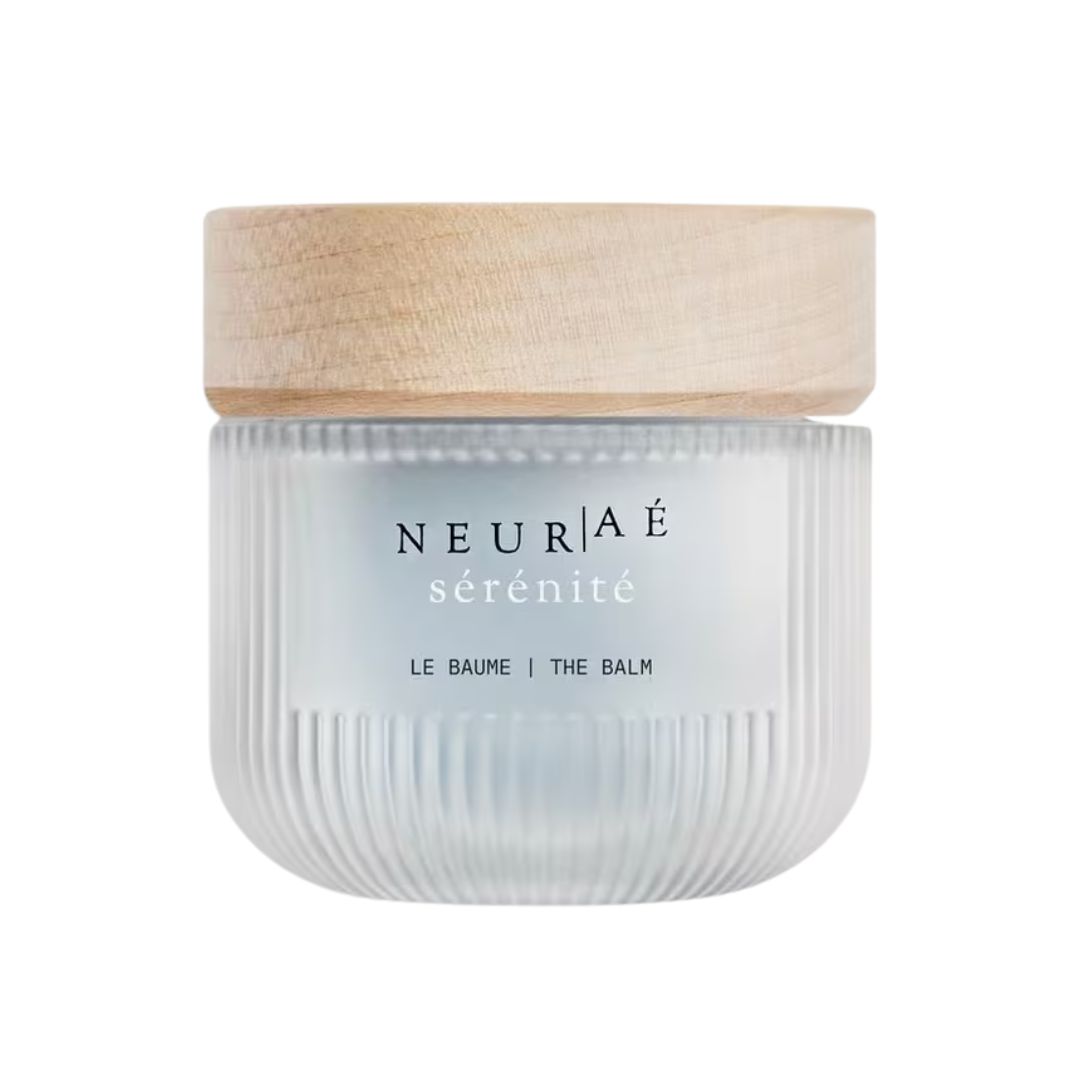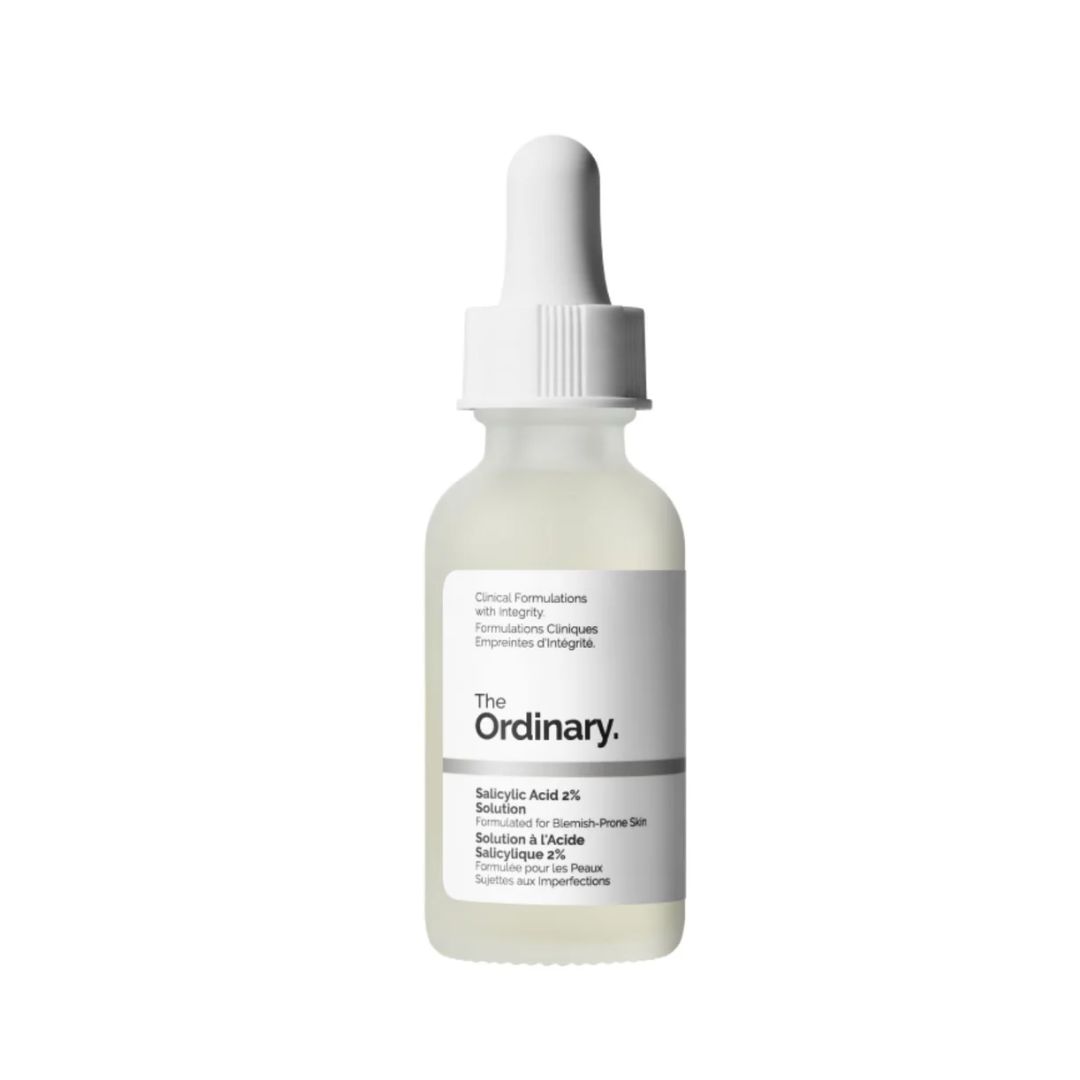I was overusing (and wasting) my skincare products until a dermatologist taught me this trick
Less slathering, more targeting.


Sometimes, you learn the hard way that the seven-step skincare routine that works wonders for the skin type of your favourite influencer on #BeautyTok can wreak havoc on your skin barrier. As a beauty writer, I’ve learnt to cut out the noise and tailor my routine to my skin’s specific needs. But the latest skincare trend, skin zoning, has reminded me that not all parts of my own face are created equal, either.
It seems obvious, but it’s often overlooked: your face is a beautifully complex map, with different areas requiring different care. In other words, your oily T-zone doesn't require the same TLC as your dry cheeks. The same goes for areas of pigmentation and signs of ageing. Skin zoning is the more intuitive alternative. It’s all about applying the right products to the right places (and, crucially, not the wrong ones).
The technique can help keep skin balanced when using actives and create a routine that feels more like a bespoke facial than a one-size-fits-all approach. For me, it’s been a way to tune into what each area of my face wants, not just slathering active serums all over and hoping for the best. Intrigued? I asked an expert to break down the benefits, the dos and don’ts, and whether this tailored approach is right for everyone.
What is skin zoning?
So, what exactly is skin zoning? Dermatologists are already backing the trend, praising its personalised, no-waste approach. As Dr. Alexis Granite, certified dermatologist and founder of Joonbyrd, explains: "Essentially, skin zoning is just a targeted skincare approach that involves applying different products to different areas of the face based on specific concerns in those areas.”
Skin zoning works best at the treatment stage of your routine, particularly serums and actives; no one expects you to cleanse half your face or buy three different moisturisers if your holy grail works for you. “It tends to be done with actives or deeper hydrating products,” explains Granite. “For example, you might only use thicker hydrating products like balms on the outer cheeks, with fewer oil glands, and go for something lighter in the mid-face.”
When it comes to active skincare, it allows you to treat areas that need it without causing another problem elsewhere. It also makes those spendy serums and luxe creams go the distance. “In some ways, it’s a more conservative approach because you’re not slathering your products all over; you’re targeting them.”
Who can benefit From skin zoning?
Granite acknowledges that a full-face skincare routine still works (and well) for many people. But for those with more targeted concerns, skin zoning can be a smarter, more personalised option. While it might take a little extra effort, it's far from just a niche trend for skincare obsessives or the ultra-sensitive. It can be a game-changer if you have a combination skin, pigmentation, acne, or dryness that only shows up in specific areas.
Marie Claire Newsletter
Celebrity news, beauty, fashion advice, and fascinating features, delivered straight to your inbox!
Granite explains that dermatologists already use this approach in clinics, especially when prescribing active treatments. "I might say, if they have rosacea, to use the prescription in the mid-face or on the nose, where they tend to have the most flare-ups," she says. "It is perfect for more active ingredients that have the potential to irritate."
If chemical exfoliants like alpha hydroxy acids (AHAs) dry out your skin, skin zoning lets you reap the benefits without the backlash. By applying them to your T-zone or areas prone to congestion, you can refine texture and control oil without disrupting the rest of your face. The same goes for salicylic acid, which works well on breakout-prone zones like the chin or jawline. Vitamin C can also be focused on dull or uneven areas rather than applied all over. Granite adds: "For drier areas, you might want more hydrating ingredients like hyaluronic acid, ceramides, glycerin or squalane.'' The same zoning logic applies to pigmentation concerns like melasma, where you should only apply targeted ingredients such as tranexamic acid where needed.
A post shared by Dr Sam Bunting (@drsambunting)
A photo posted by on
How to skin zone correctly (and safely)
Skin zoning is all about being intentional, not excessive, and is designed to minimise irritation, not create it. Granite describes skin zoning as a ''conservative technique'' and can work wonders so long as you avoid overdoing it with your actives.
Like introducing any potent ingredient, the key is to go slow. "You don't want to massively overdo it in that area. Maybe not applying every day, but starting every other day and building up from there," says Granite. This is especially true with resurfacing ingredients like retinol; it is best to refer to the product's instructions when deciding how often to use it.
Granite reminds us that you should never zone your SPF. Whether applied to the face or body, the slathering approach will always prevail, no excuses.
Skin zoning products
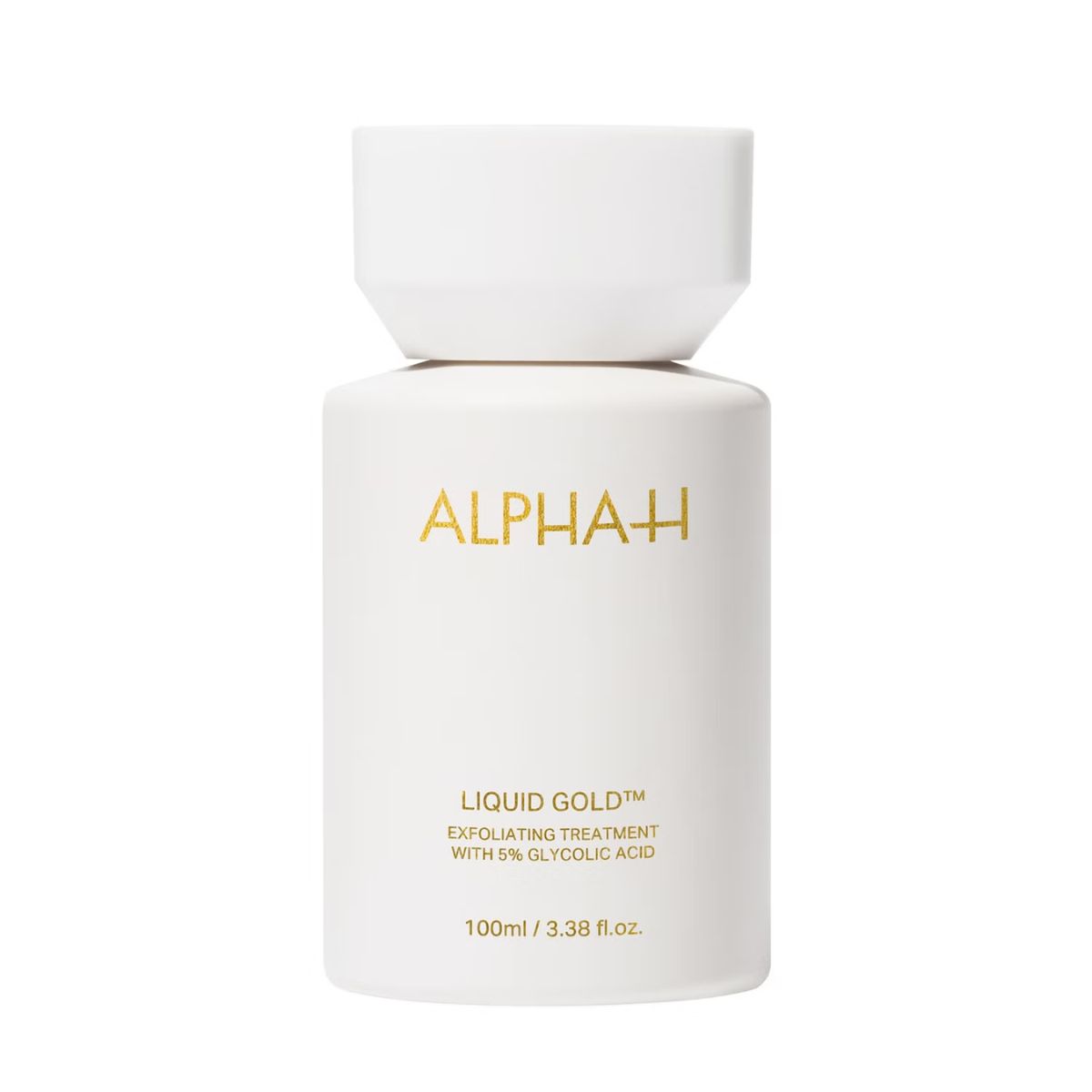
Apply this iconic glycolic acid exfoliator only on the areas that need it.
Darcy is a freelance beauty and lifestyle writer and a contributor to Marie Claire. She’s written for titles across London and Sydney, including Stylist Magazine, Refinery29, Woman&Home, Fabulous Magazine, and Australia’s leading beauty retailer, MECCA. She’s obsessed with all things skincare, believes blush is the ultimate beauty essential, and has an extensive blush wardrobe to prove it. Outside of writing, you’ll find her at Pilates with matcha in hand, romanticising her morning and planning her next travel adventure.
-
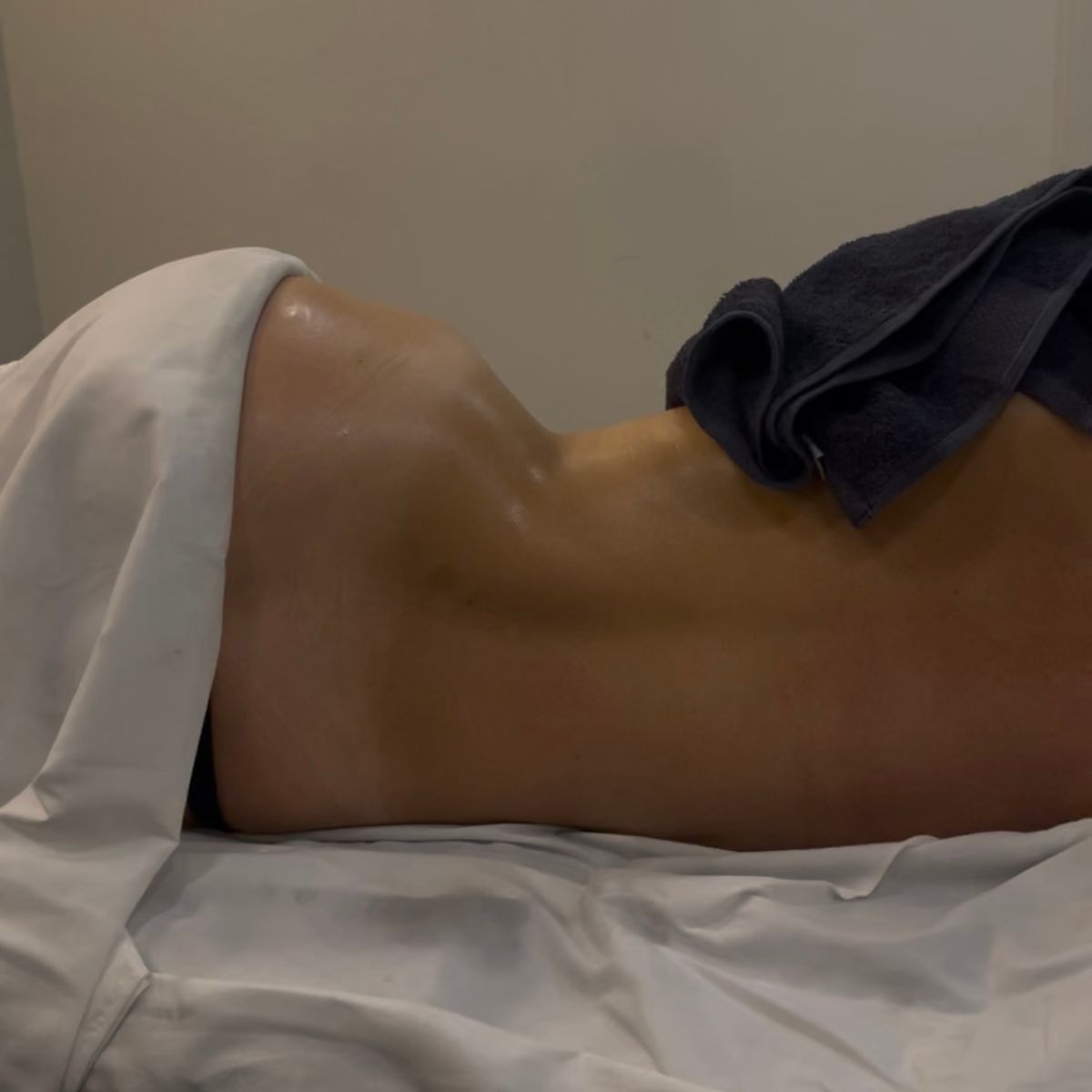 I tried Sofia Grainge’s go-to lymphatic drainage massage - and the results were astonishing
I tried Sofia Grainge’s go-to lymphatic drainage massage - and the results were astonishingThe results go way beyond aesthetics.
By Ashleigh Spiliopoulou
-
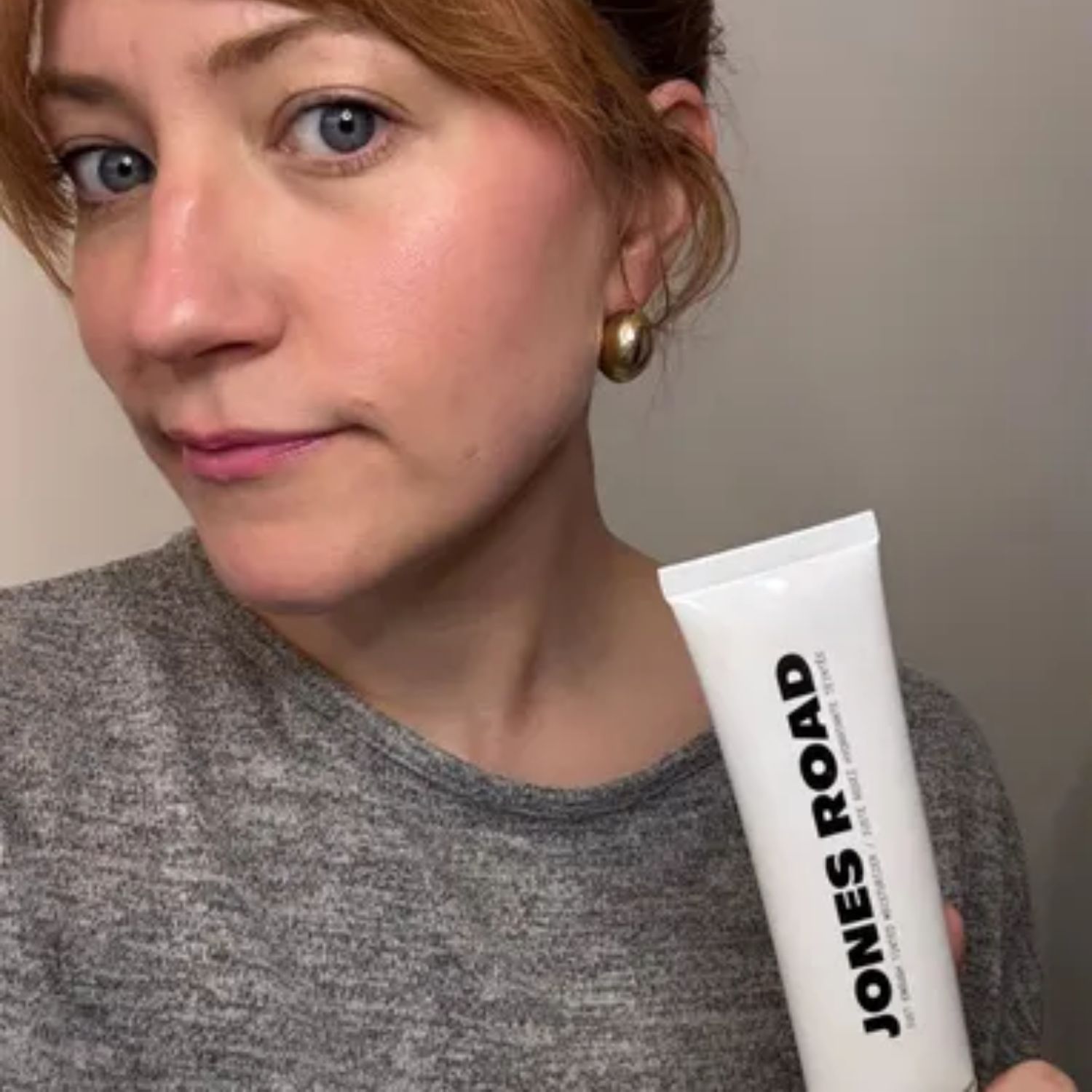 My dry skin loves a tinted moisturiser in the summer months—this one is *outstanding*
My dry skin loves a tinted moisturiser in the summer months—this one is *outstanding*It ticks the boxes for coverage and nourishment
By Matilda Stanley
-
 The 10 best dresses celebrities from Tiffany & Co.'s Blue Book 2025 Gala
The 10 best dresses celebrities from Tiffany & Co.'s Blue Book 2025 GalaCelebrating the brand's marine-inspired collection
By Sofia Piza
-
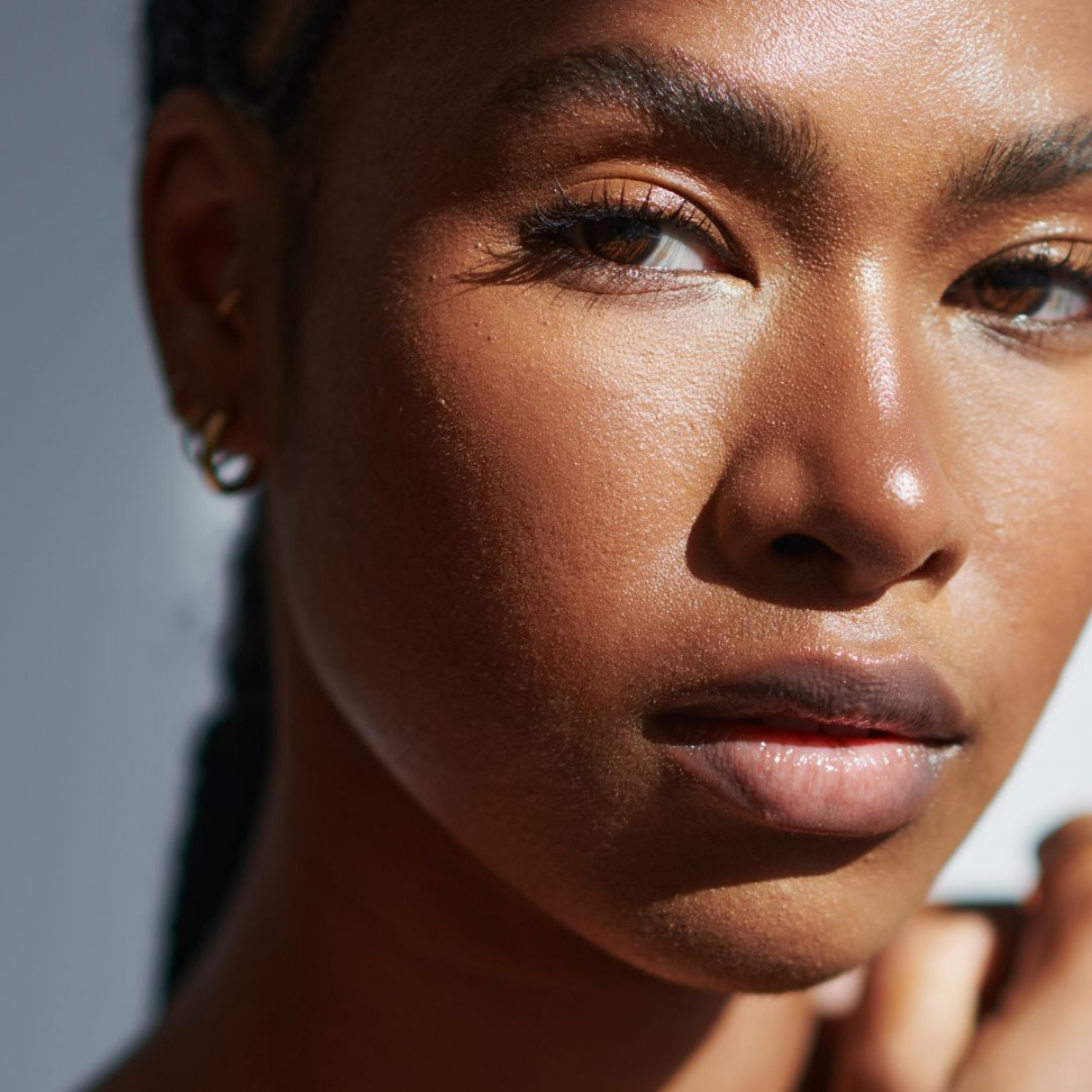 There’s a big difference between sensitive and *sensitised* skin—here are four derms on the key distinctions
There’s a big difference between sensitive and *sensitised* skin—here are four derms on the key distinctionsPlus, ways to approach both
By Denise Primbet
-
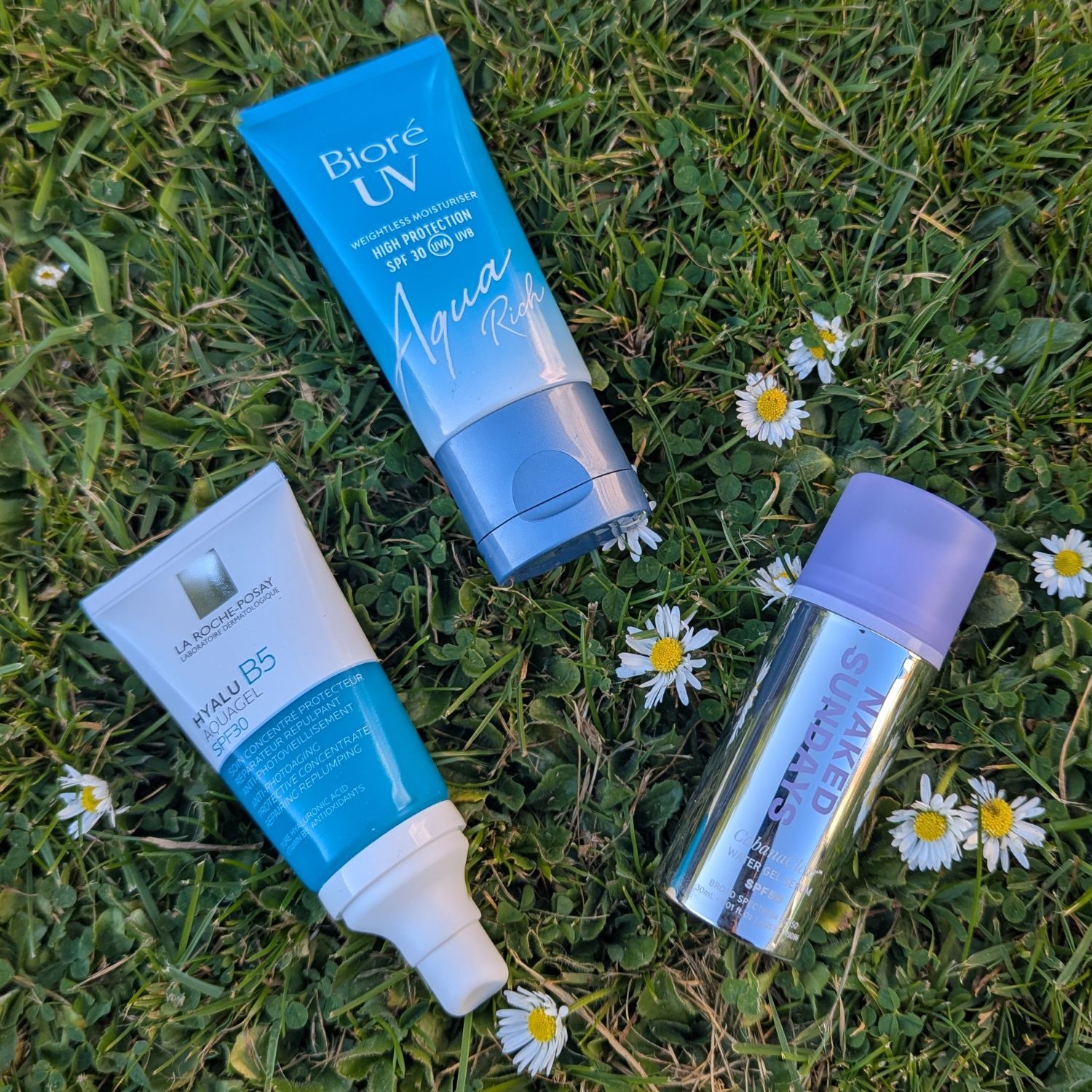 I’ve searched high and low for the best lightweight SPFs—these hydrating, water-based ones are a total game-changer
I’ve searched high and low for the best lightweight SPFs—these hydrating, water-based ones are a total game-changerNo excuses
By Jazzria Harris
-
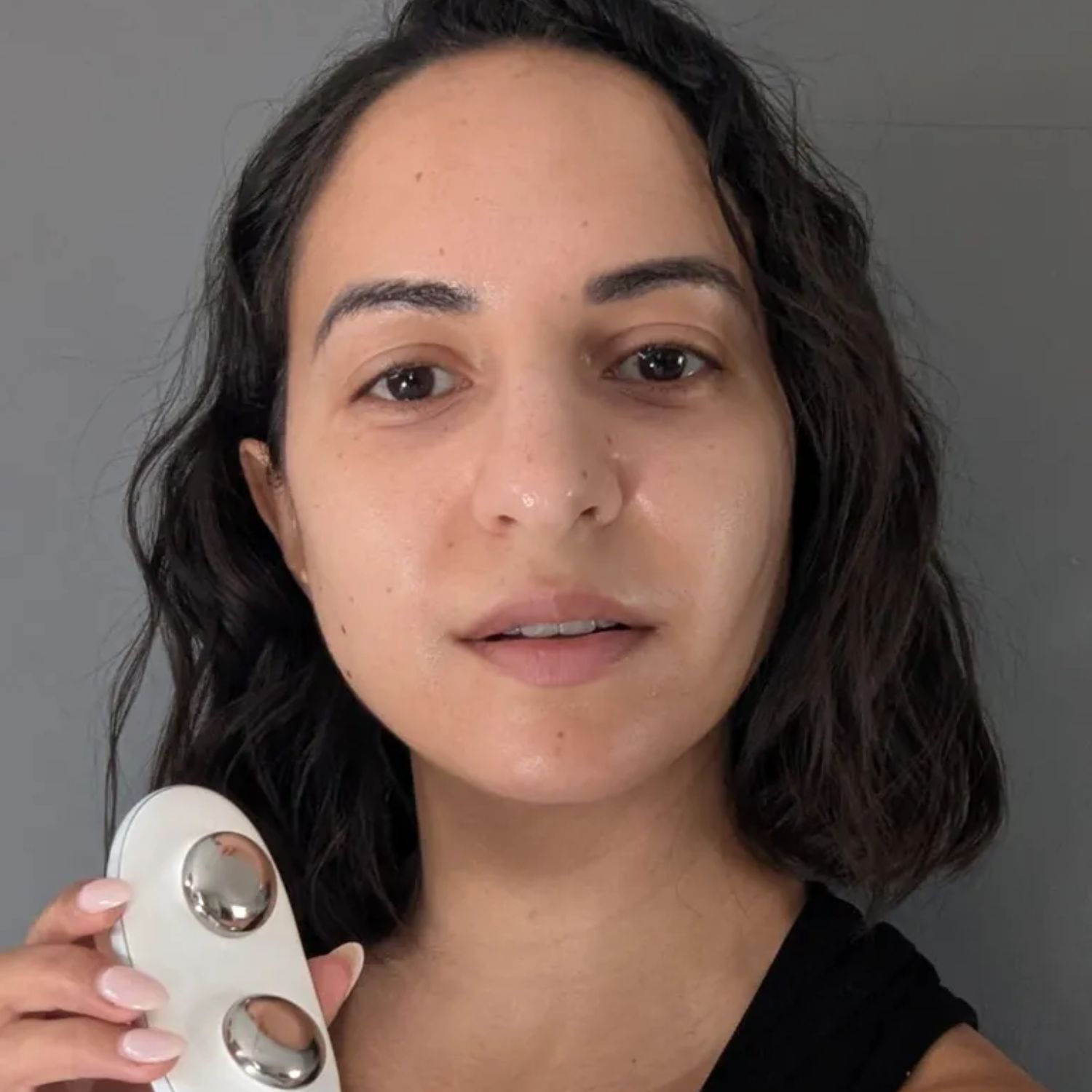 I just tried Margot Robbie's favourite toning tool—after just 4 weeks I've noticed more lift and definition
I just tried Margot Robbie's favourite toning tool—after just 4 weeks I've noticed more lift and definitionProfessional standard results at home
By Jazzria Harris
-
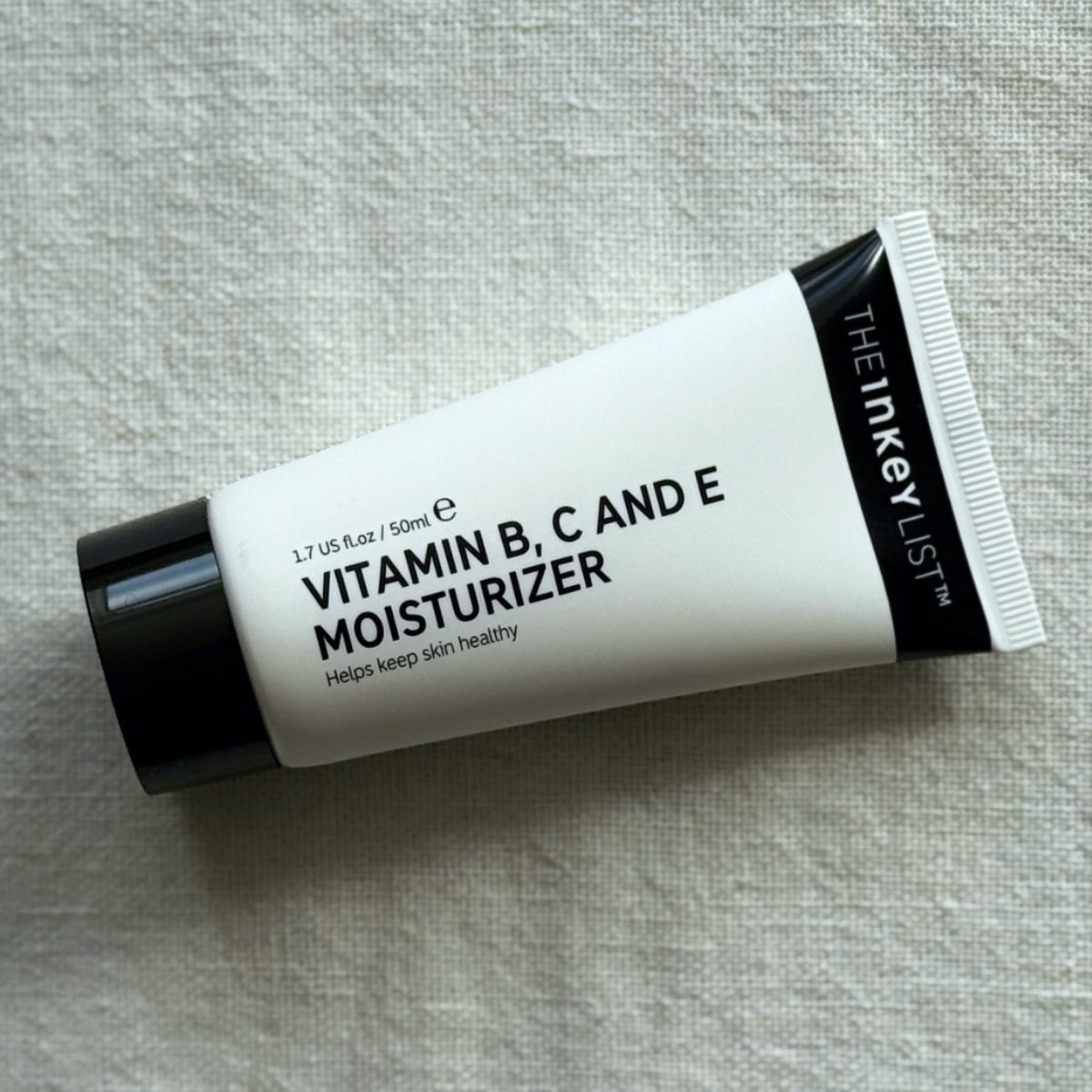 I was overwhelmed by the sheer volume of face creams, until I found this brilliant all-rounder—it costs just £9
I was overwhelmed by the sheer volume of face creams, until I found this brilliant all-rounder—it costs just £9It ticks all of my boxes
By Lucy Abbersteen
-
 Here’s how to get ‘expensive-looking' skin on a budget—according to top experts and aestheticians
Here’s how to get ‘expensive-looking' skin on a budget—according to top experts and aestheticiansYouthful, glowy and healthy
By Rebecca Fearn
-
 I've had tenacious pigmentation since my teens—this ingredient has improved things *hugely* in just 6 weeks
I've had tenacious pigmentation since my teens—this ingredient has improved things *hugely* in just 6 weeksBright, clear skin here we come
By Lollie King
-
 I swear by this age-old technique to perk up dull, dry and tired skin—it leaves me with serious *glow*
I swear by this age-old technique to perk up dull, dry and tired skin—it leaves me with serious *glow*It helps soothe the mind too
By Matilda Stanley
-
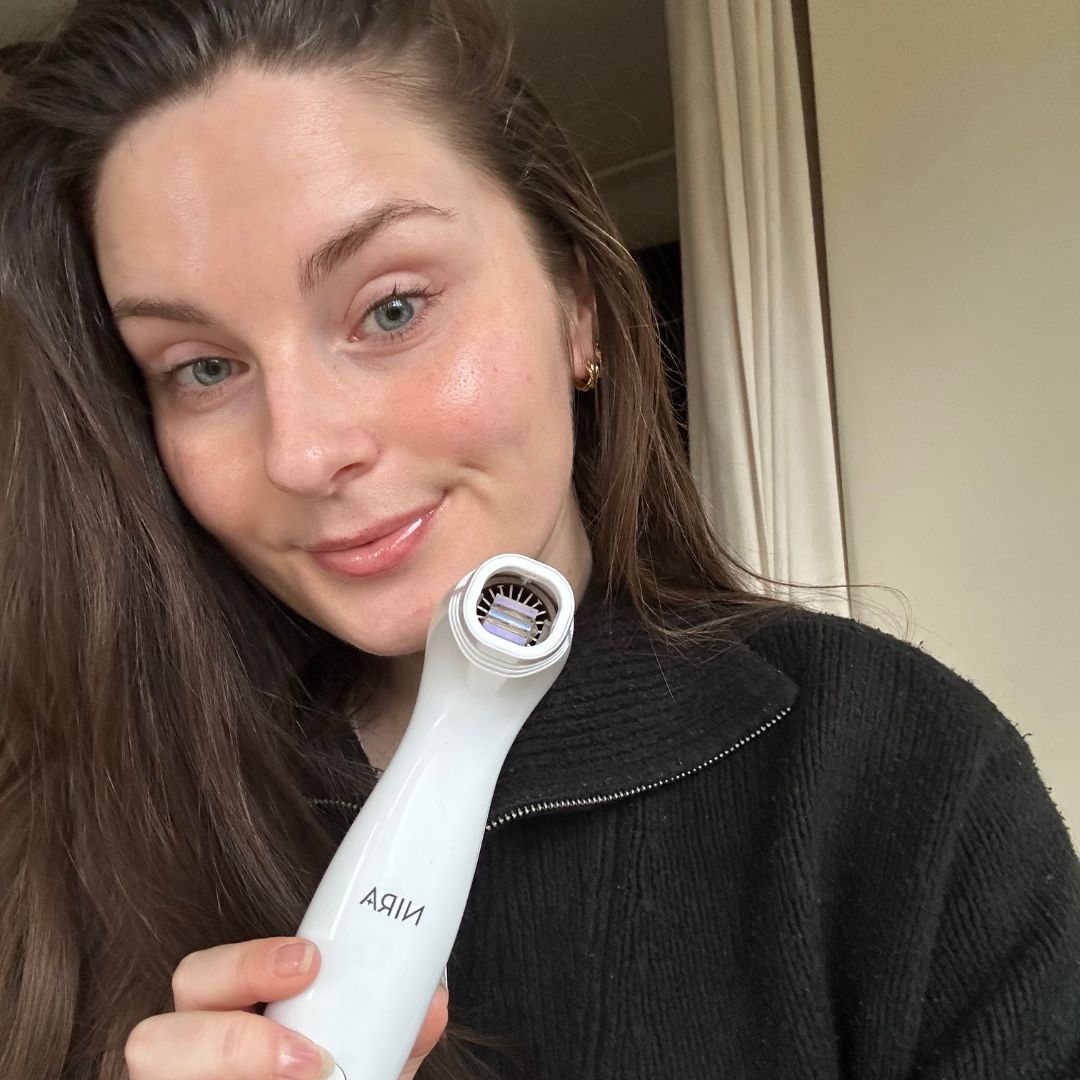 I tested the world’s most powerful at-home laser for pigmentation and scarring—after just a few months, the results can’t be denied
I tested the world’s most powerful at-home laser for pigmentation and scarring—after just a few months, the results can’t be deniedAt just shy of £600, is it worth it?
By Tori Crowther
